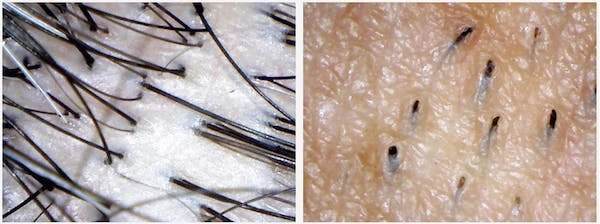Facial to Scalp Hair Transplant
Using hair from other parts of the body for transplantation into scalp has been used for many years. Unfortunately though, the change in the life cycle of body hair from different areas of the body has caused the body hair to stay as the last option for scalp hair restoration. Body hair has long resting phase and short growth phase which means that most of the transplanted hair will stay in resting phase without having visible hair growth.

Facial hair such as beard and mustache hair on the other hand has a longer growth phase and shorter resting phase. That is why men can grow their facial hair to become really long. Facial hair is also thicker than scalp hair in most people. Thicker hair could be translated as more bulk of hair after hair transplantation. Both longer growth phase and thicker hair shafts make beard hair a better option for scalp hair restoration in comparison to body hair transplant from other areas.
There are two problems with with beard hair restoration. One is that they are very sparse and removing hair only needs to be done through a strip procedure. The other problem with using facial hair for scalp transplant is that the facial follicular units are having fewer number of hair per unit that means less hair per grafts removed with FUE techniques.
Beard transplants are gaining popularity recently with newer techniques for extraction of hair (FUE) and it can be a great alternative to scalp hair for transplanting to the balding area in people who do not have good quality scalp hair.